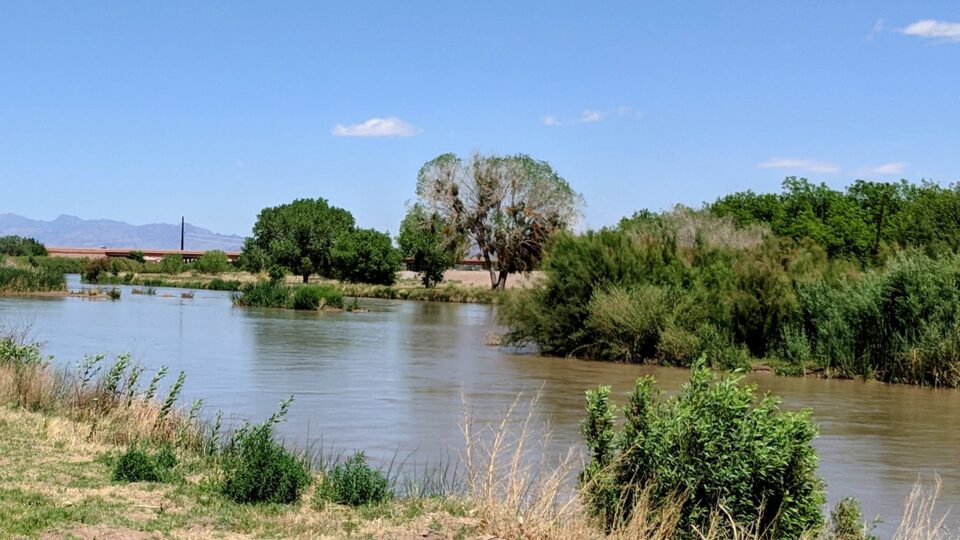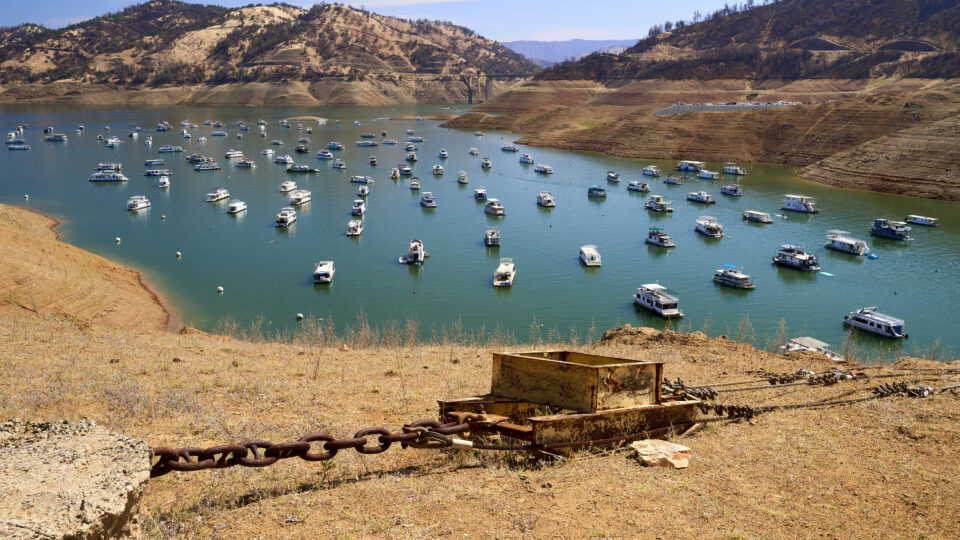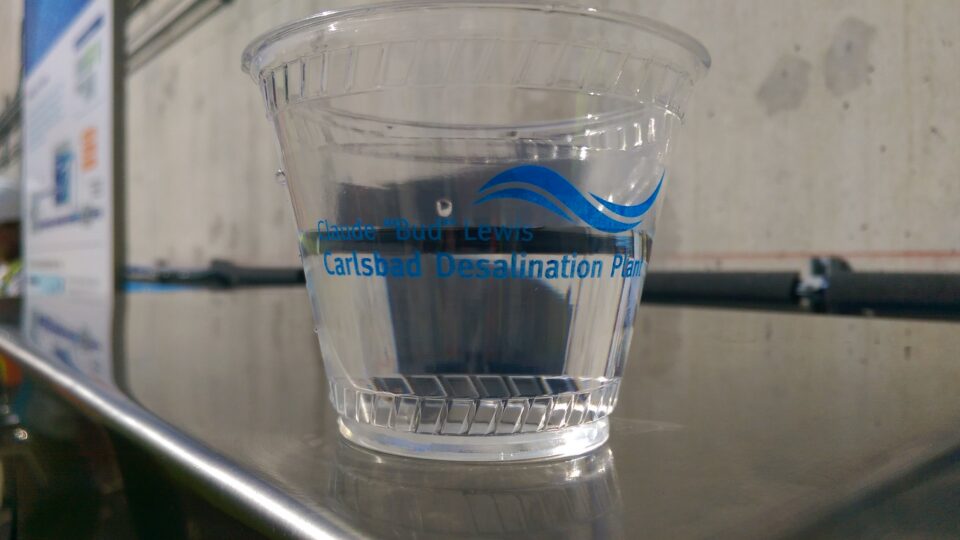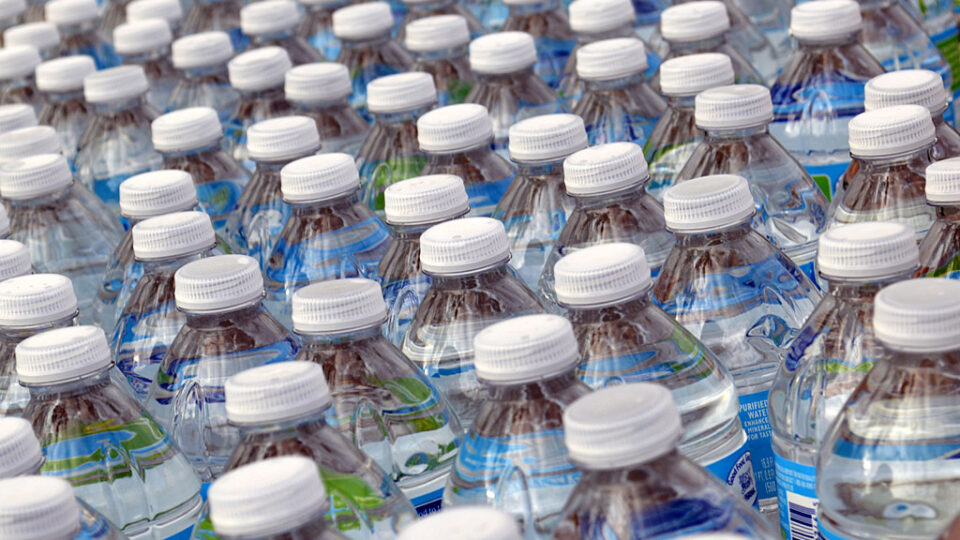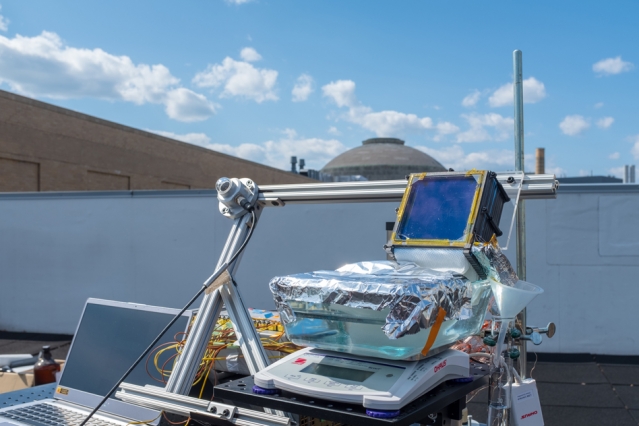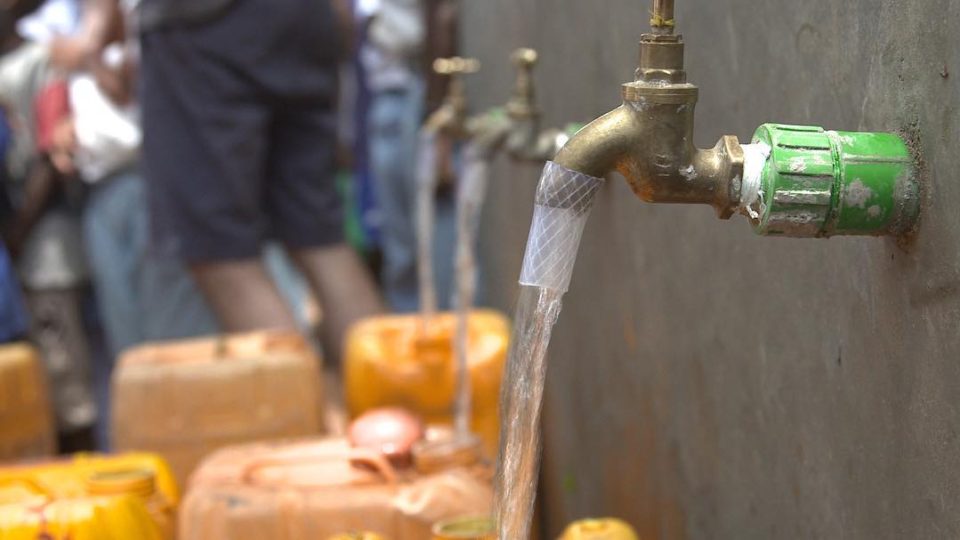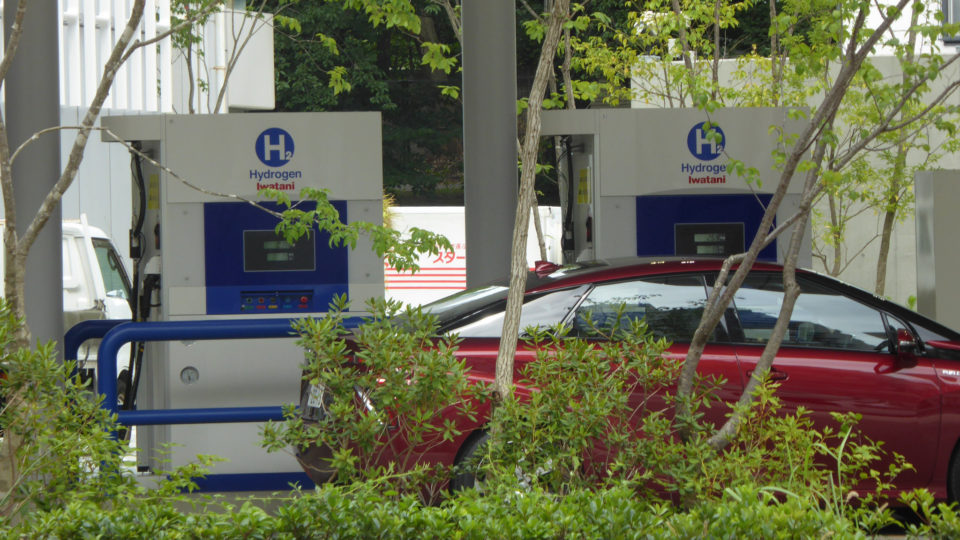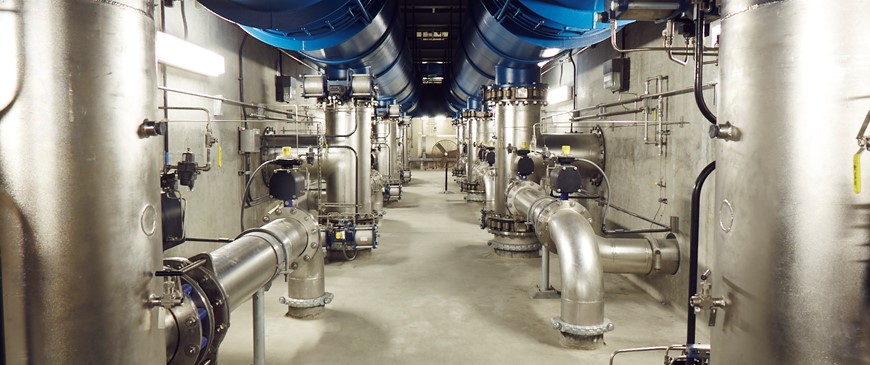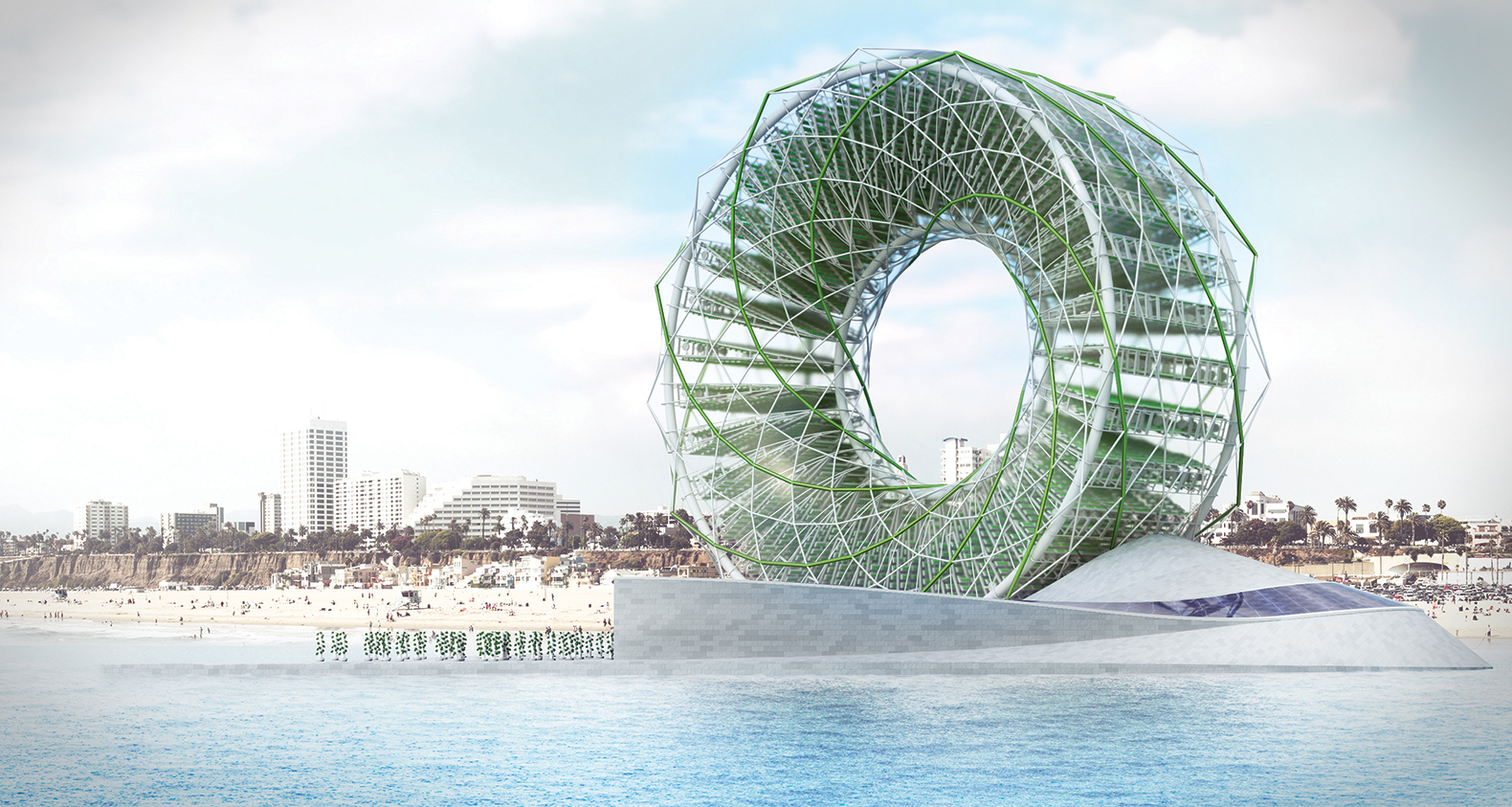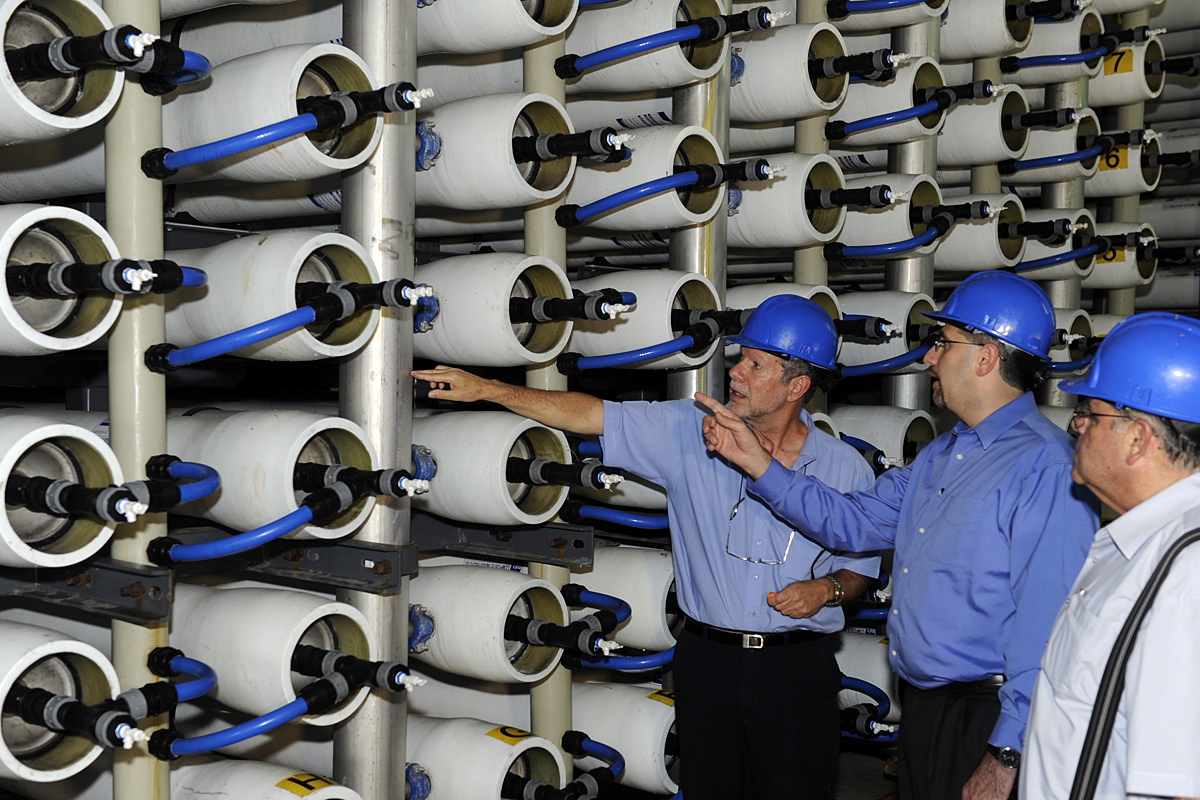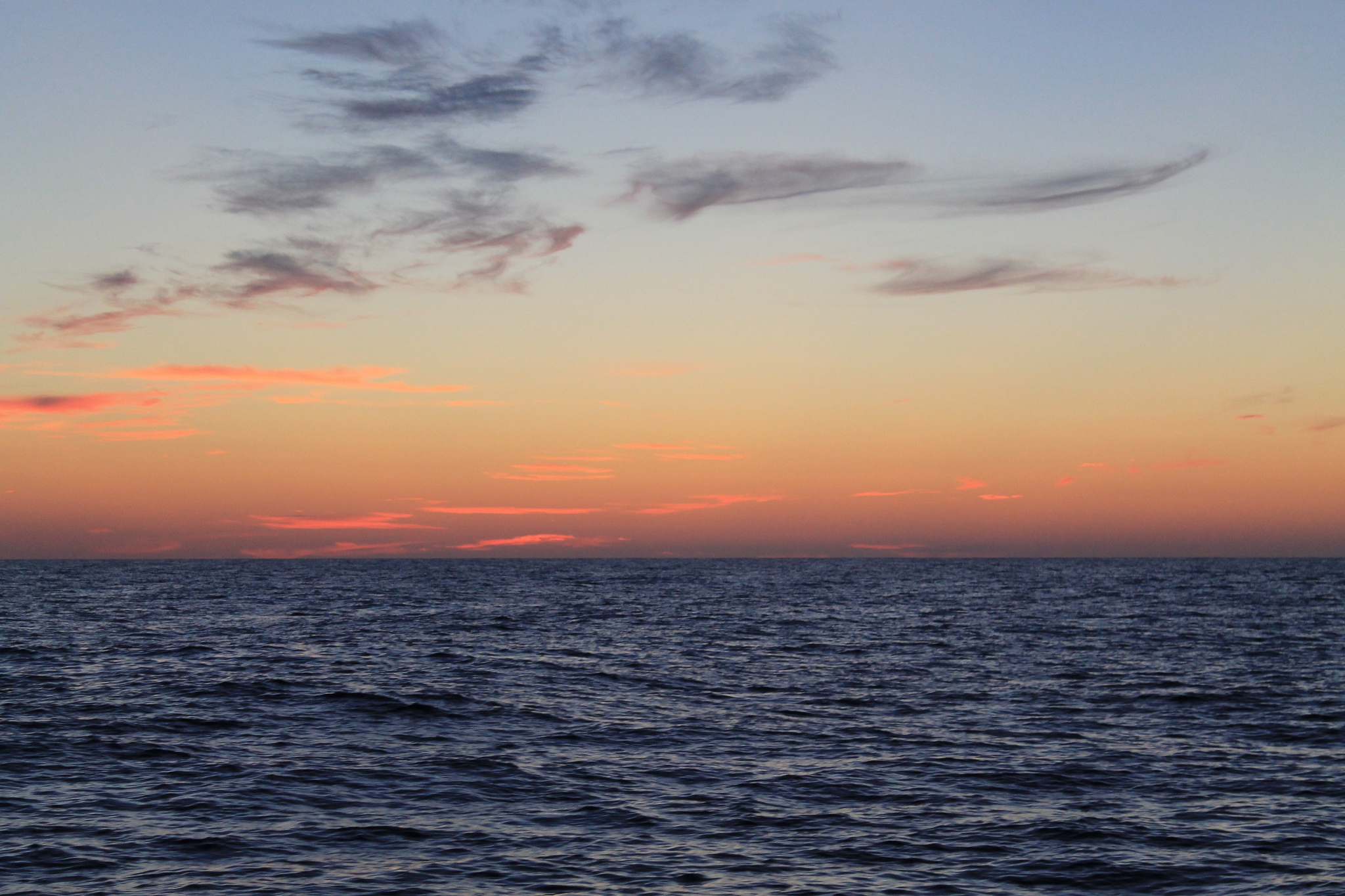Roughly three-quarters of the world population has access to a safely managed water source. That means that one-in-four people do not have access to safe drinking water. Even in the wealthy United States, persistent drought in the west is creating problems in places like Phoenix, Arizona.
Water is plentiful on Earth but more than 99% of it is unusable by humans and many other living things because it is saline, frozen, or inaccessible. Only about 0.3% of our fresh water is found in the surface water of lakes, rivers, and swamps.
There is an almost limitless supply of fresh water in the form of water vapor above the oceans, but this source is untapped. Researchers at the University of Illinois have been evaluating the feasibility of a hypothetical structure capable of capturing water vapor from above the ocean and condensing it into fresh water.
Existing ways to obtain fresh water like wastewater recycling, cloud seeding, and desalination have met only limited success and present various problems with regard to cost, environmental impact, and scalability.
The researchers have proposed hypothetical large offshore structures measuring 700 feet by 300 feet to capture water vapor that is continually evaporating from the ocean in subtropical regions. Their modeling concluded that such structures could provide fresh water for large population centers in the subtropics. Furthermore, climate projections show that the amount of water vapor over the oceans will only increase over time, providing even more fresh water supply.
This is only a theoretical study at this point, but the researchers believe it opens the door for novel infrastructure investments that could address global water scarcity.
**********
Web Links
Researchers propose new structures to harvest untapped source of fresh water
Photo, posted June 28, 2009, courtesy of Nicolas Raymond via Flickr.
Earth Wise is a production of WAMC Northeast Public Radio

